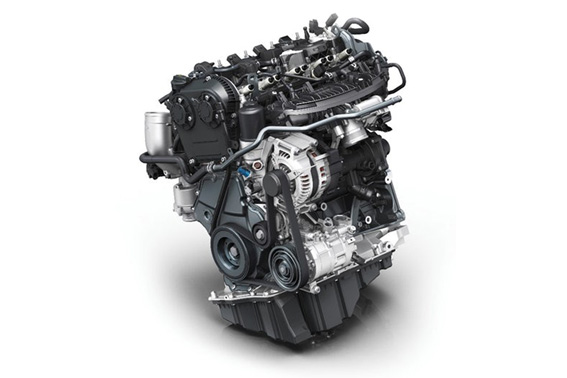Finally! Audi introduces new combustion system in its high-efficiency engine to control the emissions.
As in this modern world, everyone knows that there is no place for carbon emissions and pollution because planet earth has already been molested by the greenhouse gases in the past. Now there is no room for these gases at the blue planet because they are a serious risk for the existence of life on the planet.
Thus the governments, emission regulatory authorities and other environmental protection agencies are pushing every source at the back foot who is actually involved in producing emissions. Everyone knows that after the industrial era in Europe, the automotive industry is a great source of carbon emissions.
All the regulatory authorities and agencies have turned their canons towards the automotive industry in the past decade and they have enforced a number of laws to restrict the emissions from the automotive industry.
In the expression of ever austere and even tightening carbon emission regulations have pushed the automotive industry to find out alternative means of energy with no or minimal carbon emissions. The automotive industry is struggling hard to find innovative ways to reduce the carbon emissions and cut the fuel consumption to very low.
The quest for fuel efficiency
This is a quest for ultra-higher fuel efficiency and manufacturers are trying to introduce most innovative ways to achieve the goal every day.
Audi has finally developed a four-cylinder TFSI engine with an ultra-advanced combustion system, Audi claims that the system gave birth to most efficient 2.0 litre petrol engine in the conventional combustion systems.
What is new combustion system?
Audi says that the new combustion system is very similar to Millar cycle and allows the 2.0 litre engines to generate 190 horsepower and returning just under 50 miles per gallon on new European driving cycle called NEDC.
These engines will produce 236 lb-ft of torque and all of this amount will be available from just 1450 rpm. This system will make the engine a perfect unit for surging into gaps when it will enter into lower speed traffic.
How Audi Achieved this?
In order to achieve these figures, Audi says that they have shortened the intake time on the engine by modifying the crankshafts of these engines. They modify the crank angle from 200 to 140 degrees.
Despite the shorter intake times, the engine is still able to achieve the optimal cylinder charges and has a higher boost pressure on the inlet side. The new system closes the intake valves early and allows the engine to run under ultra-boosted high compression ratios.
What Audi says?
Audi head of engine division, Stefan Knirsch says that a modern advancement is a rightsizing approach and the engines will enjoy the lower fuel consumptions while working at the same efficiency as they were in the past but they would emit minimal carbon emissions and at the higher loads these engines will work like the larger engines. The result is optimal performance and efficiency across the entire engine range.
The engine would debut in the next generation Audi A4 and has also been designed to warm up in minimal time as Audi has focused on internal friction in these engines. It is something Mercedes done on its engines with the help of nanoslide coating.
The engine was developed last year and it will make its way in the new generation of Audi A4 very soon.









